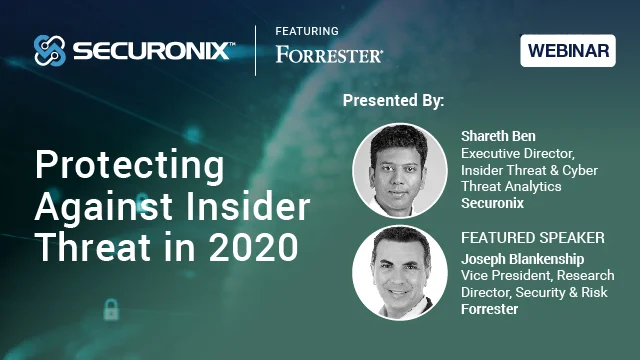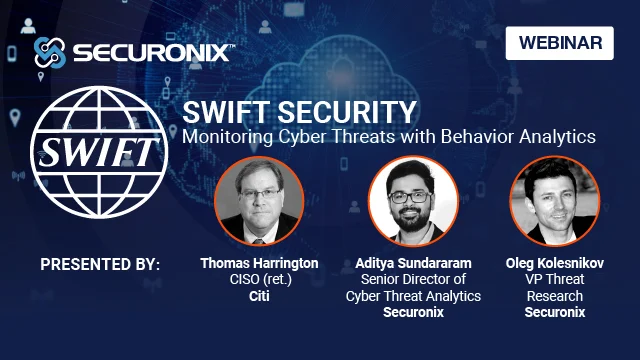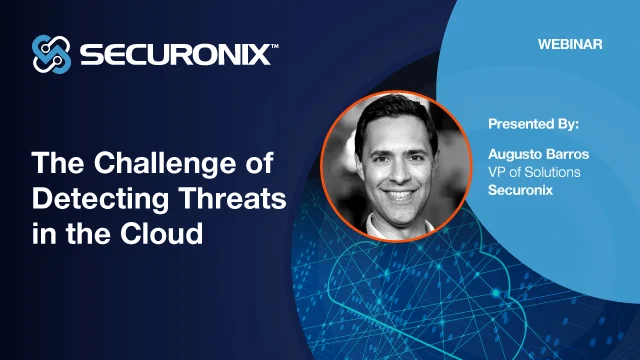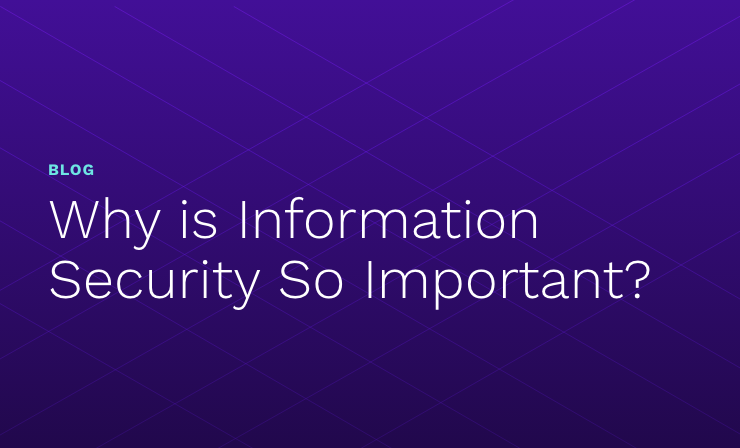- Why Securonix?
- Products
-
- Overview
- 'Bring Your Own' Deployment Models
-
- Products
-
- Solutions
-
- Monitoring the Cloud
- Cloud Security Monitoring
- Gain visibility to detect and respond to cloud threats.
- Amazon Web Services
- Achieve faster response to threats across AWS.
- Google Cloud Platform
- Improve detection and response across GCP.
- Microsoft Azure
- Expand security monitoring across Azure services.
- Microsoft 365
- Benefit from detection and response on Office 365.
-
- Featured Use Case
- Insider Threat
- Monitor and mitigate malicious and negligent users.
- NDR
- Analyze network events to detect and respond to advanced threats.
- EMR Monitoring
- Increase patient data privacy and prevent data snooping.
- MITRE ATT&CK
- Align alerts and analytics to the MITRE ATT&CK framework.
-
- Industries
- Financial Services
- Healthcare
-
- Resources
- Partners
- Company
- Blog
Company Insights
Our threat experts, partners, and customers have been finding smart ways to cope with cyberattack vectors: the transition to remote work, the proliferation of zero-day attacks, and the increased security challenges associated with hybrid, cloud, and multi-cloud environments. Below is our lineup of most-watched webinars of the last year. Practical information for you and your team to watch on-demand whenever you need a breath of fresh ideas.
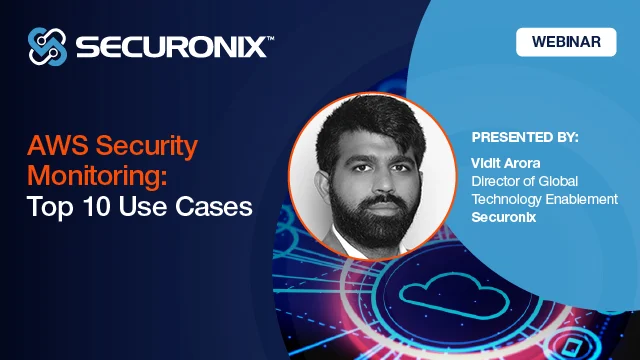
Amazon Web Services continues to lead with more than 30% of the public cloud market share. However, AWS operates on the Shared Responsibility Model, which means that the infrastructure’s security is AWS’s responsibility. It also implies that your organization needs to perform its part in the security equation. This means that your organization needs to rethink how you do security monitoring to protect critical assets and data held in cloud infrastructure.
Insider threats have evolved in several aspects, from how sensitive data leaves the organization to ways in which privilege access gets misused, creating risks for organizations to mitigate. Given all the possible scenarios, monitoring solutions are forced to curate use cases in conjunction with purpose-built detection techniques in order to derive specific outcomes to be effective in detecting infractions. This shift in behavior is becoming more evident as organizations ramp up visibility into how its employees and contractors use their assets and resources over time.
Effectively detecting and identifying fraudulent activities in a complex SWIFT environment requires a big data analytics platform that relies on machine learning algorithms and artificial intelligence – not on static rules.
Gartner indicates that organizations have been expanding their adoption of cloud security-oriented tools, such as Cloud Security Posture Management (CSPM) and Cloud Access Security Broker (CASB), as they try to keep cloud-related threats under control. However, not all organizations have an interest in adopting all these added technologies, and even when they do, the challenge of integrating them into their security monitoring infrastructure remains.
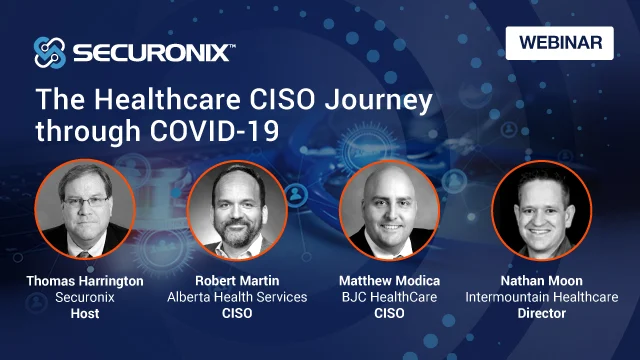
From PPE phishing scams to ransomware, to hacking attempts of DNS routers, to hospital supply chain risks, malicious actors are looking to take advantage of the crisis caused by the Covid-19 outbreak. Securonix has invited healthcare security leaders to a panel discussion on the information security challenges amidst the current health crisis. Robert Martin, CISO, Alberta Health Services, Matthew Modica, CISO, BJC HealthCare and Nathan Moon, Director, Detection & Response, Intermountain Healthcare will discuss the current situation, challenges, and steps they took to mitigate risk while maintaining business continuity and patient care.




